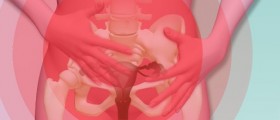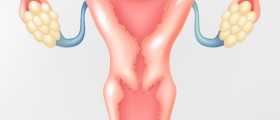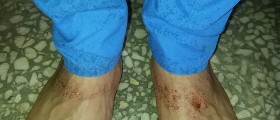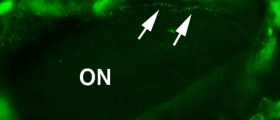
This problem is a very serious one and it needs immediate attention. The problem of burst ovarian cyst is associated with the swelling located in the ovary or the growth of the same area. This cyst may be filled with fluid or it may be solid, but when enlarged, it usually recedes on its own. This happens without the use of any medications or treatments. But in some cases, the cyst may lead to the twisting, which ends up with burst ovarian cyst. This is what happens when the problem called burst ovarian cyst occurs. One of the greatest problems associated with the burst ovarian cyst are the symptoms experienced, since they are very similar to the ones developed by the unruptured ovarian cyst, which makes the treatment difficult to conduct. In the following text, we will talk about the causes, symptoms and methods of treatment for burst ovarian cyst.
Causes and Symptoms
The most common causes are unreceding standing cyst, trauma to the abdominal area and twisted large cyst. When the cyst is twisted, the blood supply is cut off and this results in the ruptured ovarian cyst. When we talk about symptoms, they are noticeable, but in some cases, they were not detected until the ultrasound scan. The most common problem experienced due to the burst ovarian cyst is the pain located in the pelvic or abdominal area. The pain varies and it depends on the amount of bleeding, infection, and many other factors. The pain may even be sharp and stinging in the beginning, but after several days, it may transform to the aching and dull. Some other symptoms include weakness, body ache, headache, dizziness, fever, palpitations, and bloated abdomen.
Diagnosis and Treatment
For diagnosis to be correct, the doctor needs to look for the symptoms and other signs if they are present. The doctor will also inquire about the medical history of the patient, but as we have said, the ultrasound is the best way of detecting the burst ovarian cyst. It will easily show us where the cyst is located and how big it is. Vaginal ultrasound is the best solution for detecting ovarian cyst, but abdominal ultrasound can also be done.
Many factors determine the treatment used, but it usually starts with antibiotics. Since the ovary usually becomes infected after the burs cyst, antibiotics will fight with the infection and prevent its development. Also, the pain will have to be managed with the use of some painkillers. The problem of burst ovarian cyst is not a serious one. The fluid in most cases just goes away while the cyst collapses. But visit to the doctor is needed just in case. Many complications may occur, such as infection or hemorrhage. Regular ultrasound checkups are needed for those who develop these cysts occasionally.

















Your thoughts on this
Loading...